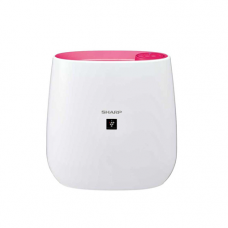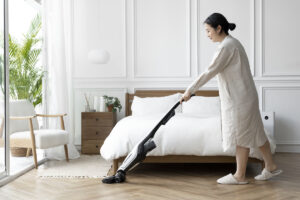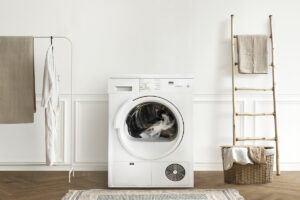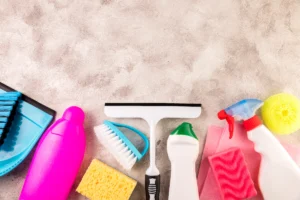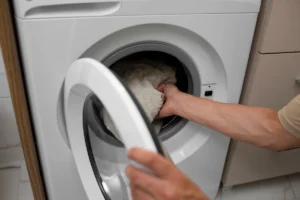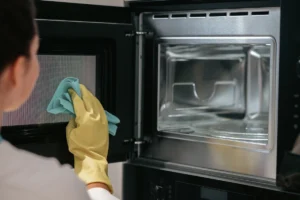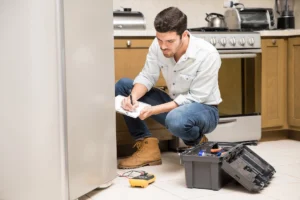
9 Simple Tips on How to Improve Air Quality Inside Your Home
When we think about pollution, we often envision the smog-filled outdoor air on busy city streets. But did you know that, according to the US Environmental Protection Agency, indoor air can be up to five times more polluted than outdoor air? For Filipino families who spend a significant amount of time indoors, improving indoor air quality is critical for health and well-being.
Understanding Indoor Air Pollution
Indoor air pollution involves the presence of particles, gases, and other pollutants that can compromise indoor air quality. Common sources include cooking fumes, cleaning chemicals, dust mites, and even personal care products. In the context of the typical Filipino home, indoor air pollution can also come from things like kerosene lamps, insect coils, and the open-style cooking often seen in traditional households.
An accumulation of air pollution inside your home can lead to many adverse health conditions for your household. As such, it’s in your best interest to try. Here are nine simple yet helpful tips on how to do so.
Importance of Ventilation
Introducing proper ventilation can significantly improve indoor air quality since it helps to dilute indoor pollutants and remove them from your home. For Filipino homes, particularly those with compact spaces, improving ventilation can be as simple as opening windows and doors for better air circulation or using extractor fans in kitchens and bathrooms.
Getting an Air Purifier
Air purifiers can play a crucial role in maintaining indoor air quality by removing pollutants from the air. For families living in busy city areas in the Philippines, air purifiers can be particularly beneficial due to higher levels of outdoor pollution infiltrating homes. Thankfully, you can easily buy an air purifier from any appliance store like Savers Appliances, and you can even order them online and have it delivered straight to your doorstep.
Houseplants for Better Air
Certain houseplants can improve indoor air quality by filtering out common pollutants. Plants like snake plants (Sansevieria), areca palm, and money plants (Pothos) are excellent options for Filipino homes because of their resilience in a tropical climate and their air-purifying capabilities. Strategically placing them in common areas of the home is also a great idea to maximize their air purifying effects.
Natural Air Purifiers
Natural air purifiers are also worth considering. Beeswax candles, for instance, produce negative ions when burned, which can help cleanse the air. Himalayan salt lamps and activated charcoal bags also serve a similar function. Many of these items can be sourced locally or purchased from eco-friendly stores.
Regular Cleaning
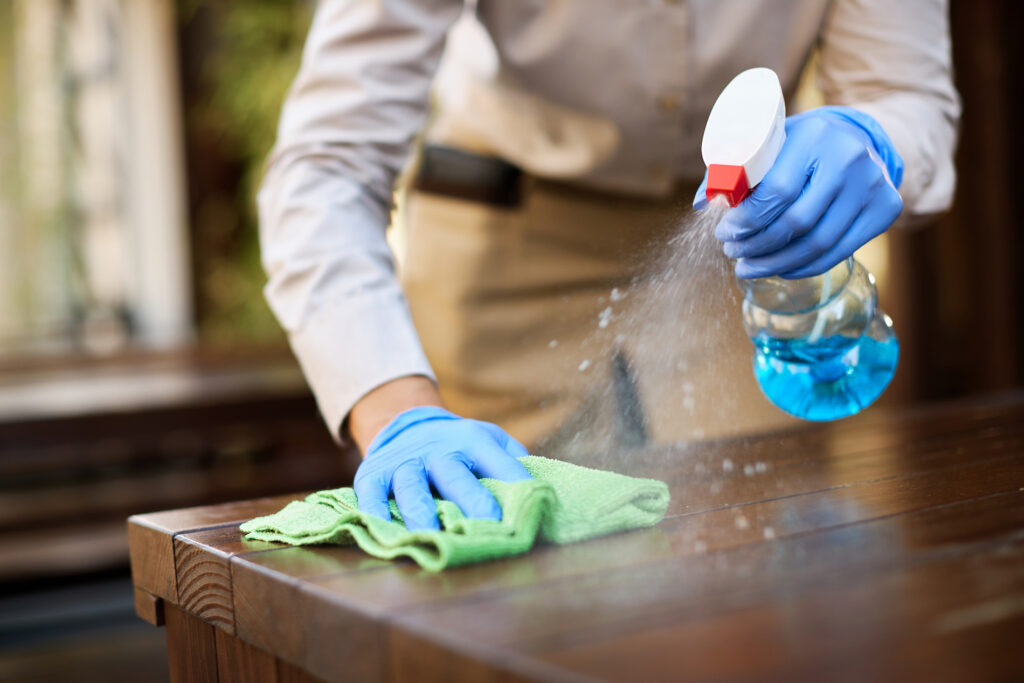
The simple act of cleaning your home on a regular basis is essential to reduce dust and other allergens. It can be helpful to make dusting and vacuuming part of your cleaning routine. Don’t forget to regularly clean commonly overlooked areas such as beneath furniture and appliances as well. Dusting and vacuuming at least once a week are good ways to avoid dust and allergen buildup, while heavier tasks like cleaning your carpet can be done every couple of months.
Reducing Chemical Exposure
Many conventional cleaning products contain harsh chemicals that can contribute to indoor air pollution, so you might want to consider switching to natural alternatives instead. For instance, vinegar can be a powerful cleaning agent for a variety of household surfaces. You can also try using baking soda as a natural deodorizer instead of chemical sprays to dispel any strong odors. Similarly, you can use tea tree oils and other essential oils if you want to enhance the scent of a room without relying on artificial fragrances.
Smoke-Free Environment
Tobacco smoke significantly deteriorates indoor air quality and exposes family members to harmful secondhand smoke. In line with the nationwide smoking ban in the Philippines, maintaining a smoke-free home is not only beneficial for air quality but also a legal requirement in many places. This is especially important to keep in mind if you have young children at home, as the risk of secondhand smoke can be a health risk to them.
Regular Maintenance of Appliances
Regular maintenance of appliances, particularly those related to air circulation, such as air conditioners and fans, is crucial in maintaining good indoor air quality. Ensure these appliances are kept clean and functioning efficiently to avoid circulating dust and other pollutants. Sending these appliances to be serviced twice a year is a good rule of thumb to follow.
Humidity Control
Managing humidity is also vital. After all, high humidity can promote the growth of mold and dust mites and become a health hazard if left unchecked. Since we live in a tropical climate, consider using dehumidifiers or air conditioning to manage indoor humidity levels. Installing even a small dehumidifier inside your bedrooms can be a good way to manage your indoor humidity levels.
Conclusion
Improving indoor air quality is a critical aspect of maintaining a healthy living environment, particularly for Filipino families, who often face unique challenges given local conditions and practices. Remember, each small step towards improving our indoor air quality contributes to a healthier home environment. And in these times when home has become synonymous with safety, health, and comfort, ensuring good indoor air quality is not just an option but a necessity.
Related Products
- Sold Out17% Off
 [wc-ps tag="span"]Compare
[wc-ps tag="span"]Compare- 23sq.m.
- Plasmacluster Ion Technology
- High Density Plasmacluster Ions and Fan
- Plasmacluster Ion Modes (On/Off)
- Plasmacluster Indicator Light
- Replacement Filter (Automatic Detection)
- Special Program Mode (Haze Mode)
Original price was: ₱7,498.00.₱6,200.00Current price is: ₱6,200.00. - Sold Out20% Off
 [wc-ps tag="span"]Compare
[wc-ps tag="span"]Compare- 4 in 1 HEPA Filter
- Plasma Ion Technology
- 8 Hour Timer
- Up to 30sqm. Area
- Air Quality Indicator
- Air Filter Indicator
- Energy Saving Inverter Motor Technology
- 22 Wattage
Original price was: ₱8,850.00.₱7,080.00Current price is: ₱7,080.00.


